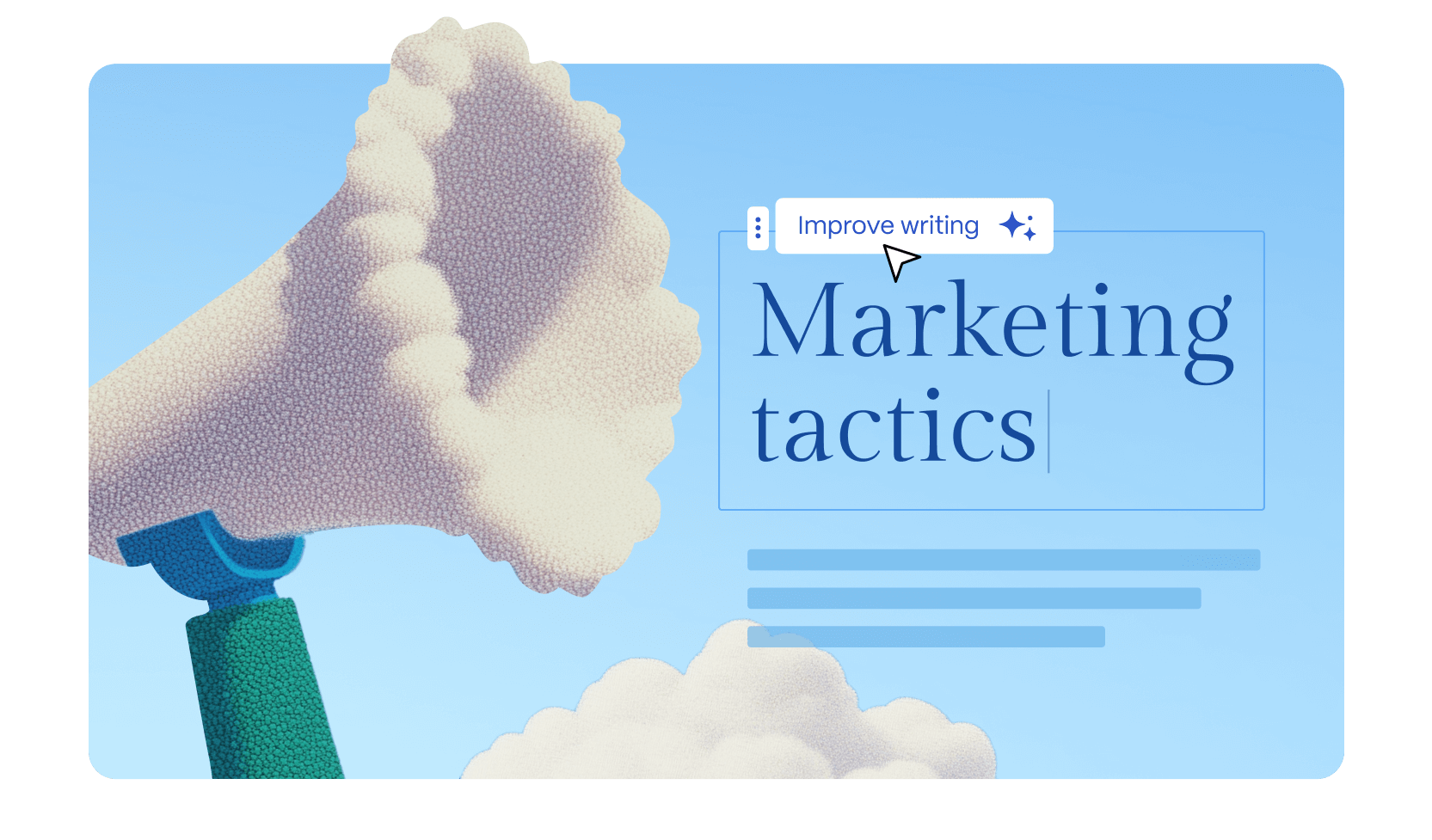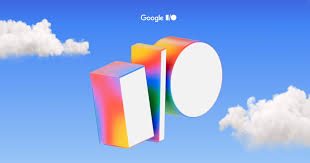Google Veo 3: The Future of AI Video Generation Has Arrived
Google’s bold new play in the AI video arms race, and why it could redefine digital storytelling
Why Google Veo 3 Isn’t Just Another AI Model—It’s a Statement
When Google quietly unveiled Veo 3 during its recent I/O developer keynote, the AI world paused. Not because of the flash—but because of the potential. Veo 3 isn’t a mere iterative update; it’s Google’s most audacious answer yet to OpenAI’s Sora and Runway’s Gen-2. It signals the beginning of a new chapter in text-to-video models—and if you blink, you might miss it.
What Is Google Veo 3?
At its core, Veo 3 is an advanced text-to-video generative AI model, capable of producing cinematic, high-fidelity videos from text prompts alone. With frame-level coherence, motion understanding, and natural lighting simulation, it mirrors human creativity with algorithmic discipline.
Key capabilities:
- Generates 1080p video at 30fps
- Understands spatial-temporal continuity
- Supports complex multi-scene compositions
- Integrated with Google DeepMind’s Gemini architecture
“Veo is the closest we’ve come to giving creators a fully controllable, AI-powered video assistant.” — Sundar Pichai, Google CEO
How It Compares: Veo 3 vs. Sora vs. Runway
| Feature | Google Veo 3 | OpenAI Sora | Runway Gen-2 |
|---|---|---|---|
| Resolution | 1080p | 1080p (some 4K) | 720p-1080p |
| Prompt complexity | High (multi-layer) | High | Medium |
| Motion realism | Advanced | Very advanced | Decent |
| Control options | Timeline, camera | Limited | Scene-based |
| Integration | YouTube, Workspace | TBD | Runway Studio |
Business Implications: Google’s New Monetization Layer
Make no mistake—this isn’t about creators alone. Google Veo is strategically positioned for integration across:
- YouTube: Content auto-generation, B-roll automation, shorts production
- Ads: Instant ad rendering from script to video
- Docs & Slides: Visual storytelling with a single command
🎯 Developer Note:
If you’re building video tools, Veo’s SDK (launching later this year) will allow plug-and-play integration for animation, gaming, and educational content generation. It supports both Python and TypeScript bindings.
from veo_sdk import VideoGenerator
generator = VideoGenerator(prompt="A futuristic city at night with flying cars.")
video = generator.render(resolution="1080p", style="cinematic")
video.save("cityscape.mp4")
Where It Stands Now
Veo 3 is currently available to select creators via VideoFX, Google’s experimental access platform, with a broader rollout planned by Q3 2025.
📺 Watch Demo: Google Veo 3 AI Video Generation (YouTube) 📖 Read More: The Verge: Google’s AI Video Ambitions Go Full Cinema
Final Take: Why Veo 3 Matters
As someone who’s covered tech since the days when Flash was “innovative,” I’ve seen plenty of overhyped tools. But Veo 3 stands out—not because it’s perfect, but because it’s the most complete. Google isn’t playing catch-up here; they’re repositioning video AI as a platform, not a gimmick.
The winners? Early adopters, creators with vision, and developers who see the future in generative video, not just generative text.


